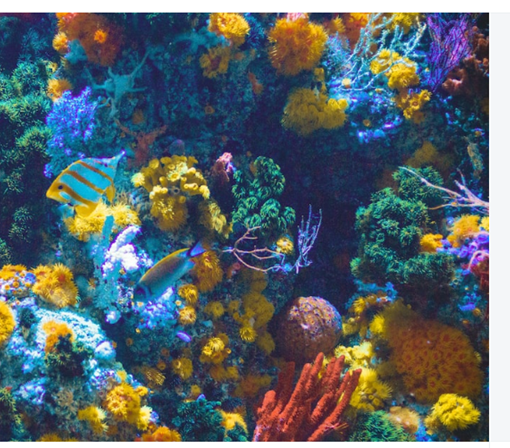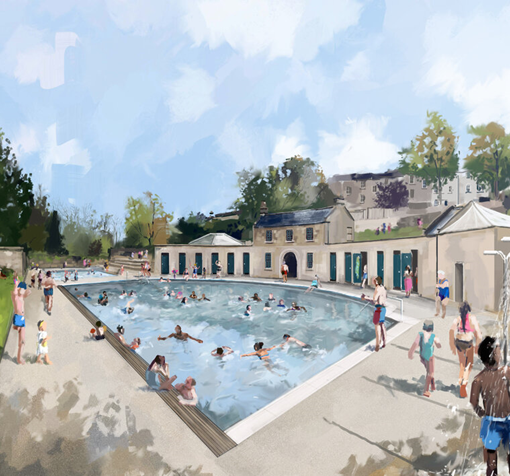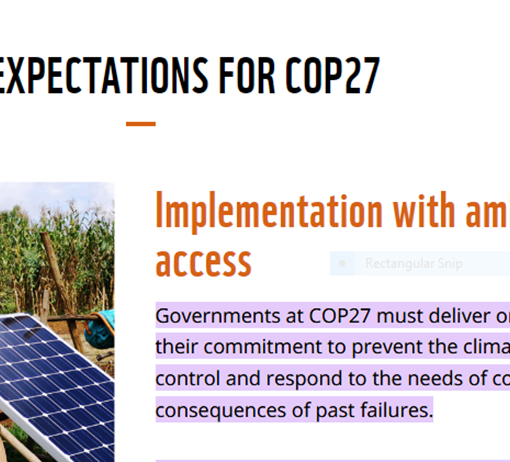After our much-needed winter break, at Meadow Barns centre we are excited to share information about new initiatives and offerings, as they come together for the season ahead. With so many to describe, it seems best to focus on one each week.
PART 1 at Meadow Barns
Nationally, a brand new initiative was announced in the New Year, asking everyone to support ‘The Big Repair Project’, which ties in perfectly with our philosophy here. It involves filling in a survey about the right to repair law, of 2021. We need to change policies of manufacturers and attitudes of consumers, if this type of circular economy is to be achieved. I wrote to the big repair project about the old fridge freezer below (which featured in the blog a few months ago, before it was wrecked by Storm Franklin!). I shall be interested to see if anyone replies!

ALSO at home
It is good to report that we’ve made a library, where you can book in advance (for very low cost) to come and read and then borrow a walk pack… a happy New Year development.
PAR RIVER CAMPAIGN
Last December a small team of enthusiasts worked very hard, submitting 3 different ‘Expressions of Interest’ for funding to support a restoration project around ‘Cam Bridges’. 200 years ago this area was at the heart of two historic leat and waterwheel systems, where a small weir had been installed to ensure sufficient supply. Being quite a complex restoration challenge, I saw that it would need expert input and if possible a logical structure to follow. So I told the Open Rivers grant that we would need to collaborate with a college and perhaps create a social enterprise, to focus on learning, setting up an apprenticeship/NVQ and maybe a community green restoration award. Just recently an email arrived saying we are through to Stage 2 with the EU Open Rivers Programme, which is indeed good news. And it seems there is a glimmer of interest, from Cornwall College, Duchy campus in the apprenticeships and the University of Exeter in studies at MSc level. Fingers crossed that we can keep this moving forward.

PART 2 – Other news, further afield
Wider Cornwall
A good story not far away concerns British Lithium. It tells that a Cornish company has manufactured their 1st batch of high purity battery-grade lithium carbonate. This is the first time that lithium has been produced commercially from mica in granite.
The ‘not-quite-so-good’ = at the moment the quantities produced are tiny, 5 kg a day. The amount needed for a viable enterprise is more than ten times higher. Link https://britishlithium.co.uk/first-lithium-carbonate-produced/
UK nations
Announcing a huge new expansion of offshore wind in Scotland.
17 successful projects were selected from 74 applications.
Roughly two-thirds of the new capacity will be provided by wind farms using floating turbines, a huge step for the promising technology. Floating wind farms can be installed in areas where the water is too deep for fixed foundation turbines, enabling access to larger areas with potentially stronger winds.
At this time there are at least 4 different ways that turbines can be stabilised and kept in one position. The one that is most developed is at Hywind Scotland, where each of the 154 Siemens SWT-6.0- turbines has a tower-head mass of around 350 tons and sits on a foundation with roughly 6,060 tons of solid ballast and a displacement of some 13,230 tons. This is not to say that all the under-water balancing weight comes from concrete or other solid materials; water is captured and held as ballast in the centre of vertical tubes.
Crown Estate Scotland, which manages use of areas covering the seabed, announced the approval of the new projects covering just over 7,000km2 today (17 January), representing 25GW of new capacity – two-and-a-half-times the UK’s entire current offshore wind capacity.

International
Quite by accident, engaged in online research a few months back I came upon a brilliant story from India. I was looking into options for a greener kind of rail system, to run on the little branch line between Par and Newquay. And I knew we needed a system that would not require massive investment (such as in hydrogen), but could use materials close to home. I recalled the bio-methane being made from cow slurry on Cornish farms and typed in ‘can you run a train on bio-methane?’ Lo and behold the answer is a resounding yes. This is the Bio-ultra train now in service in India. The fuel is made from a mix of animal waste, human waste and food waste and – surprise, surprise – the engine has been designed and made in the UK. Here is the story https://www.electronicsweekly.com/news/business/train-runs-sewage-2021-01/ If you know anyone working for GWR or Network Rail please ask them to make contact asap!





